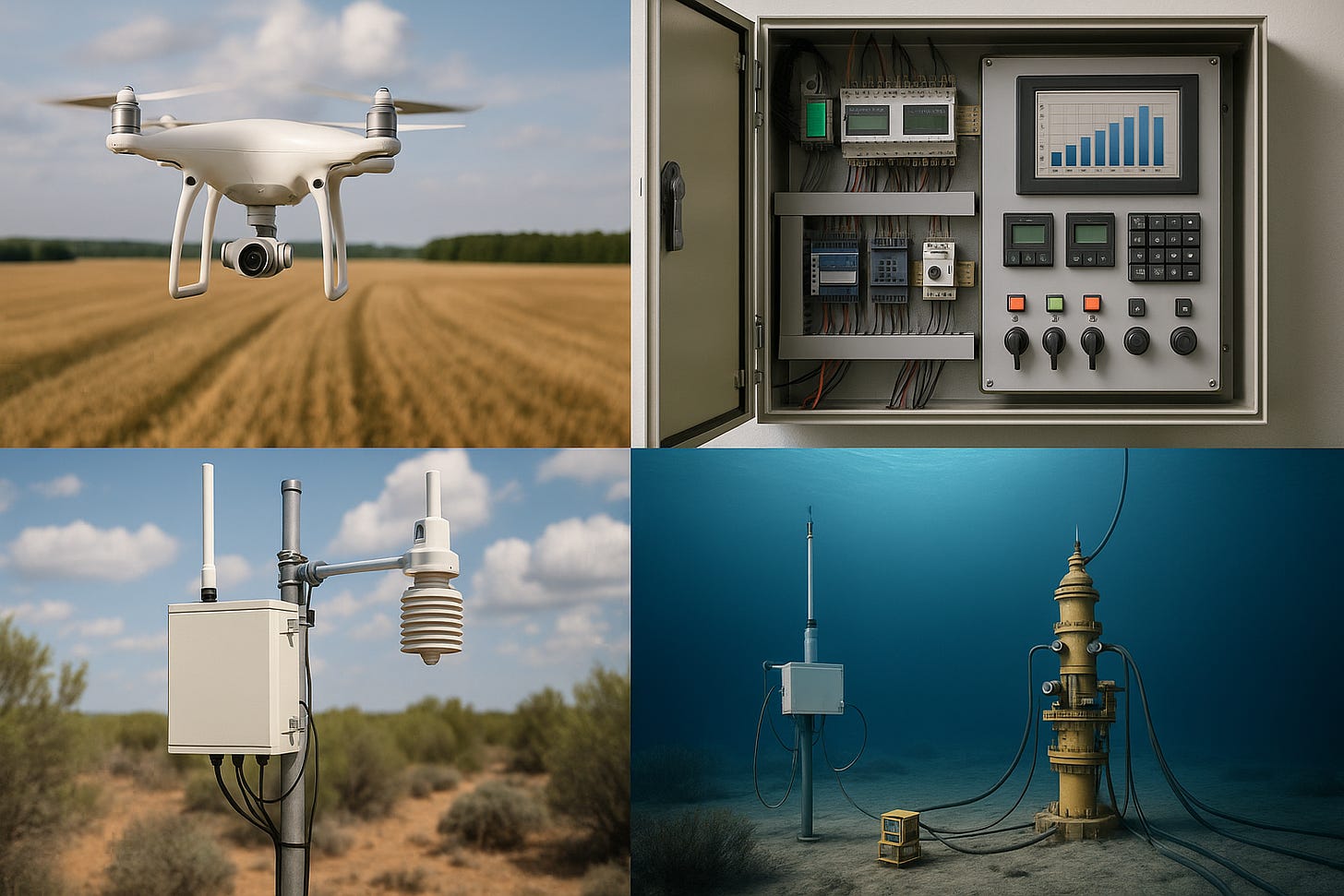Revolutionize Remote Sensor Design: The Jobs-to-be-Done Approach
Focus on User Outcomes to Create Truly Innovative IoT, Drones & Industrial Controls
𝗪𝗵𝘆 𝗮𝗺 𝗜 𝘄𝗿𝗶𝘁𝗶𝗻𝗴 𝘀𝗼 𝗺𝘂𝗰𝗵?
I want you to see that while JTBD is a method, 𝘵𝘩𝘦 𝘮𝘰𝘳𝘦 𝘪𝘮𝘱𝘰𝘳𝘵𝘢𝘯𝘵 𝘵𝘩𝘪𝘯𝘨 is that it can be applied to almost 𝙚𝙫𝙚𝙧𝙮 𝙩𝙮𝙥𝙚 𝙤𝙛 𝙥𝙧𝙤𝙗𝙡𝙚𝙢. You have a choice; you can spend years listening to someone preach about how to do a small part of it, or you can inspire yourself to dive in and solve problems that are never talked about in this small community. 𝗟𝗲𝘁'𝘀 𝗺𝗮𝗸𝗲 𝘁𝗵𝗶𝘀 𝗰𝗼𝗺𝗺𝘂𝗻𝗶𝘁𝘆 𝗺𝘂𝗰𝗵 𝗹𝗮𝗿𝗴𝗲𝗿.
The Remote Control Conundrum
We live in an increasingly connected and remotely operated world. Drones patrol vast agricultural fields, IoT sensors monitor critical infrastructure in harsh environments, and complex industrial machinery is controlled from afar. The demand for sophisticated, reliable remote systems is exploding. Yet, despite packing more features, sensors, and connectivity options into these systems, are they really getting the job done for the users who rely on them?
Often, the answer…




